New Books on Singapore History
Dakota 达哥打
By Wong Koi Tet; English translation by Shanna Tan
City Book Room (2024), 260 pages
Call no.: RSING 959.57 WON
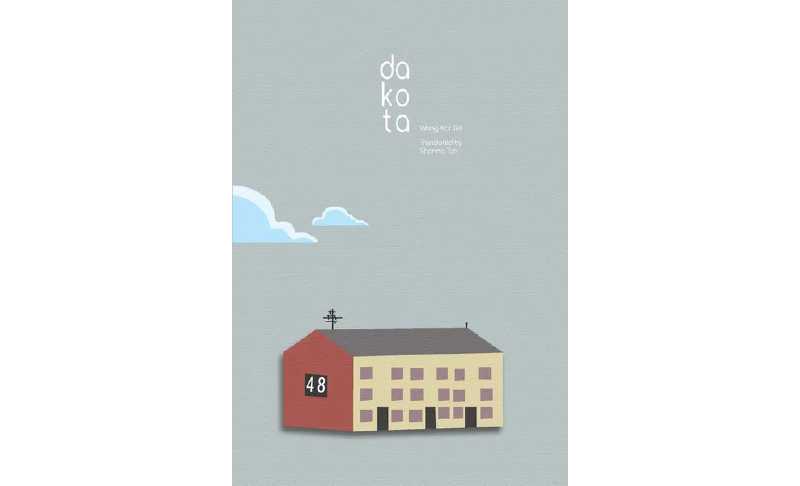
This is an English translation of 达哥打, winner of the 2020 Singapore Literature Prize (Chinese Creative Non-fiction). Set in the 1970s and 1980s, it tells the story of an iconic Singapore neighbourhood called Dakota Crescent that was lost to urban renewal.
Drama Box and the Social Theatre of Singapore: Cultural Intervention and Artistic Autonomy, 1990–2006
By Ng How Wee
Drama Box Ltd and Pagesetters Services Pte Ltd (2024)
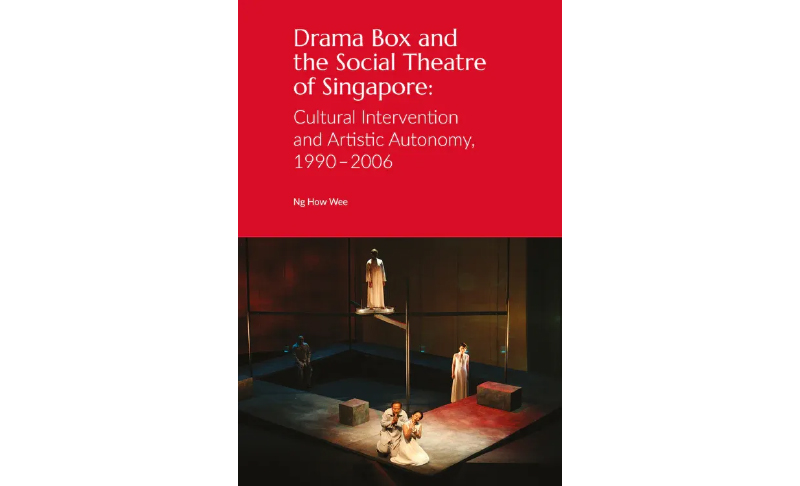
Drama Box has emerged as a leading Chinese-language theatre company in Singapore, a prominent force in the field of theatre for social intervention and amplifying the voices of marginalised communities. The writer examines Drama Box’s most influential works between 1990 and 2006, and looks at how the company has managed to balance government policy, censorship and financial imperatives with artistic autonomy.
Keng Teck Whay: 200 Years of Brotherhood
Edited by Ronney Tan Koon Siang, Kua Bak Lim and Lim How Seng
Keng Teck Whay (2023), 509 pages
Call no. RSING 369.25957 KEN
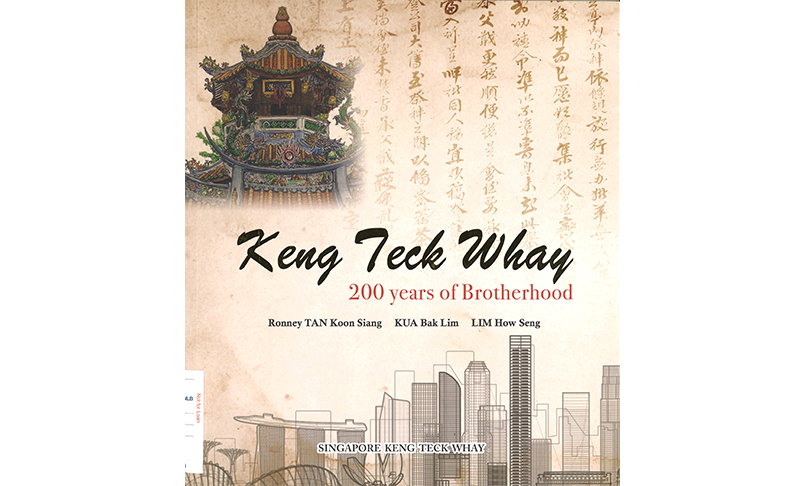
This is the never-been-told story of Keng Teck Whay, an exclusive and secretive mutual-aid society founded in 1831 in Singapore by 36 wealthy Hokkien-Peranakan businessmen from Melaka. It is a “Chinese brotherhood” society, and descendants of the founders are still considered blood brothers today. The society continues to provide financial aid to members till today.
Lee Kong Chian: Educationalist Entrepreneur Philanthropist
By Kenneth Lyen
World Scientific Publishing (2024), 144 pages
Call no.: RSING 338.04095957 LYE
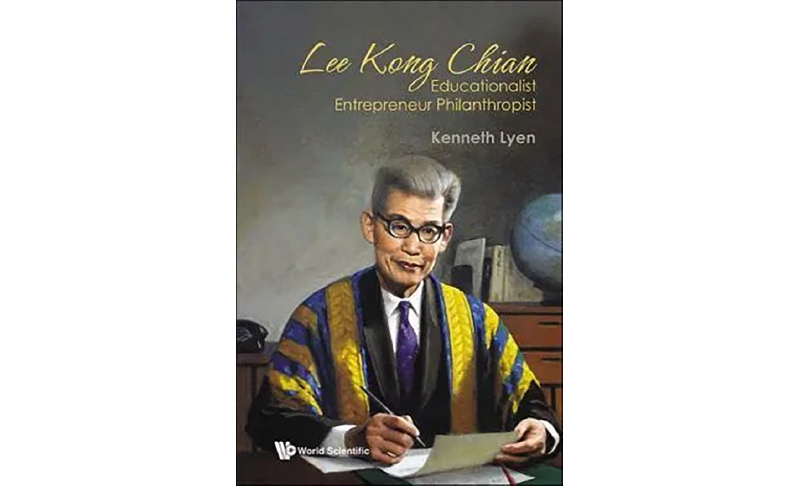
This biography of Lee Kong Chian is a complete account of his life, from his childhood to his death in 1967. Lee was born to a poor family but became a highly successful businessman and entrepreneur who founded several companies, including Lee Rubber and the Oversea-Chinese Banking Corporation. He was the first chancellor of the University of Singapore. Although one of the richest men in Southeast Asia in the 1950s to 1960s, Lee lived a simple and frugal life. The Lee Foundation that he established in 1952 continues to donate to charitable causes today.
Rainbow After Dusk: Lim Tze Peng Remembers
By Woon Tai Ho
World Scientific Publishing (2023), 178 pages
Call no.: RSING 759.95957 WOO
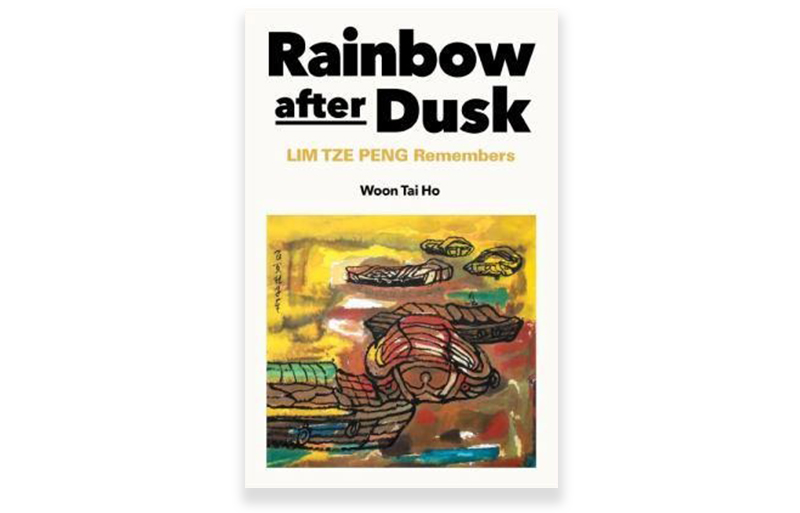
Rainbow After Dusk tells the story of Singaporean artist Lim Tze Peng, focusing on his important works – the Kampong series, Chinatown and his works on the Singapore River. Lim’s art acts as a record of the life and time of a Singapore that no longer exists. Through honest and poignant interviews, the artist tells his own life story through his artworks.
S. Rajaratnam: The Authorised Biography, Volume Two: The Lion’s Roar
By Irene Ng
ISEAS - Yusof Ishak Institute (2024), 776 pages
Call no.: RSING 327.59570092 NG

S. Rajaratnam – one of Singapore’s founding fathers and its first and longest-serving foreign minister – was a man of ideas, ideals and action. This second volume of his biography covers the period from Singapore’s merger with Malaya to form Malaysia in 1963 to his death in 2006. Rajaratnam fought for more than a decade for Singapore’s independence, and to build a non-communal and meritocratic Singapore. As foreign minister, he transformed Singapore’s relations with its neighbours and co-founded ASEAN. As labour minister, he laid the foundation for Singapore’s unique model of tripartism between unions, employers and the government. One of Rajaratnam’s enduring legacies is the national pledge that he drafted in 1966, affirming his belief in a multiracial Singapore regardless of race, language or religion.
Singapore’s Orchid Diplomacy
By Koh Buck Song
Ministry of Foreign Affairs Singapore and National Parks Board (2024), 205 pages
Call no.: RSING 327.5957 KOH
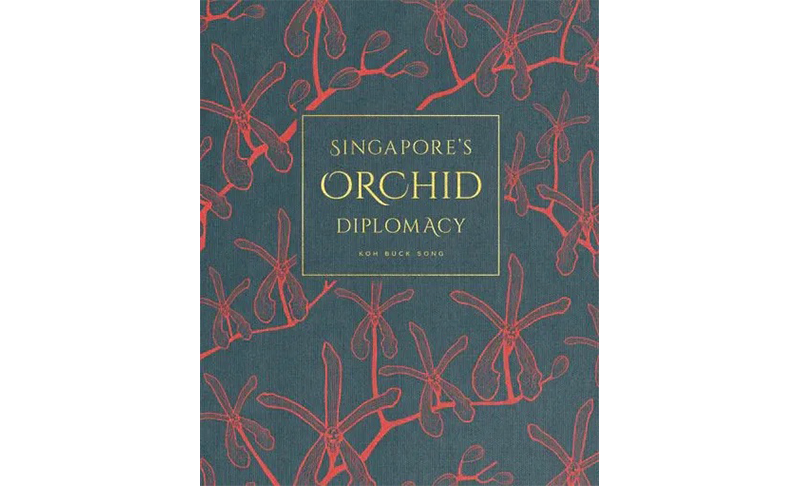
Commemorating Singapore’s 60th birthday in 2025, Singapore’s Orchid Diplomacy showcases 60 orchid hybrids named after foreign dignitaries and international organisations and events as gestures of goodwill and friendship. These include the Holttumara Indira Gandhi in honour of Prime Minister of India Mrs Indira Gandhi who visited Singapore in 1968; the Papilionanda Xi Jinping-Peng Liyuan named after President of the People’s Republic of China Xi Jinping and his wife during their state visit to Singapore in 2015; the Papilionanda ASEAN Golden Jubilee to mark the 50th anniversary of ASEAN in 2017; and the Dendrobium Mahathir Siti Hasmah named after Tun Dr Mahathir Mohamad, Prime Minister of Malaysia, and his wife Tun Dr Siti Hasmah Mohd Ali, during their visit to Singapore in 2018.
The Great Port Cities of Asia: In History
By Kennie Ting
Talisman Publishing (2024), 364 pages
Call no.: RSEA 959.57 TIN-[HIS]
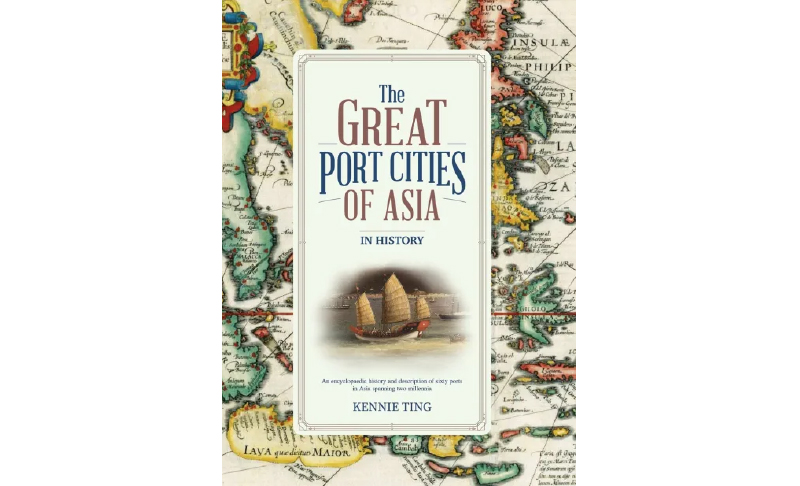
For some 2,000 years, port cities have been centres of global trade and the exchange of goods, peoples, cultures and ideas. They developed into cosmopolitan and multicultural societies, with their own distinct styles of art, architecture, fashion, food, innovation, popular culture and lifestyles. The Great Port Cities of Asia travels across maritime Asia and the Indian Ocean, and looks at 60 port cities along the coasts and rivers of China, the Indian subcontinent, Southeast Asia, Japan, Korea, the Middle East and Africa. These include Singapore, Guangzhou (Canton), Nagasaki, Aden, Jeddah, Kolkata (Calcutta), Colombo, Batavia (Jakarta) and Manila.

